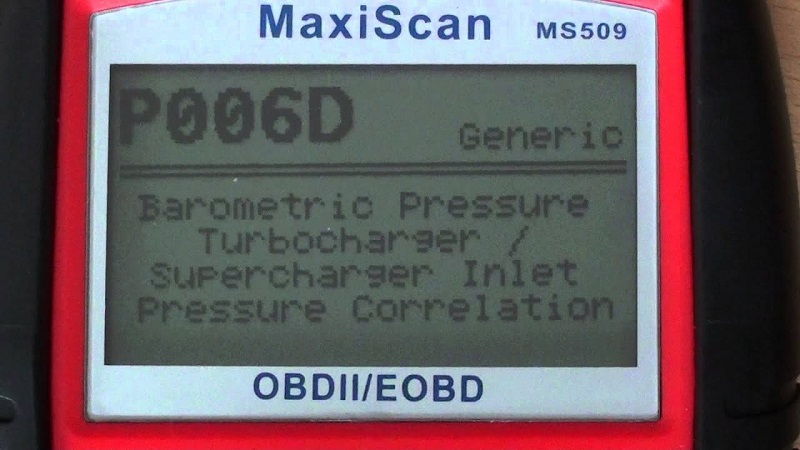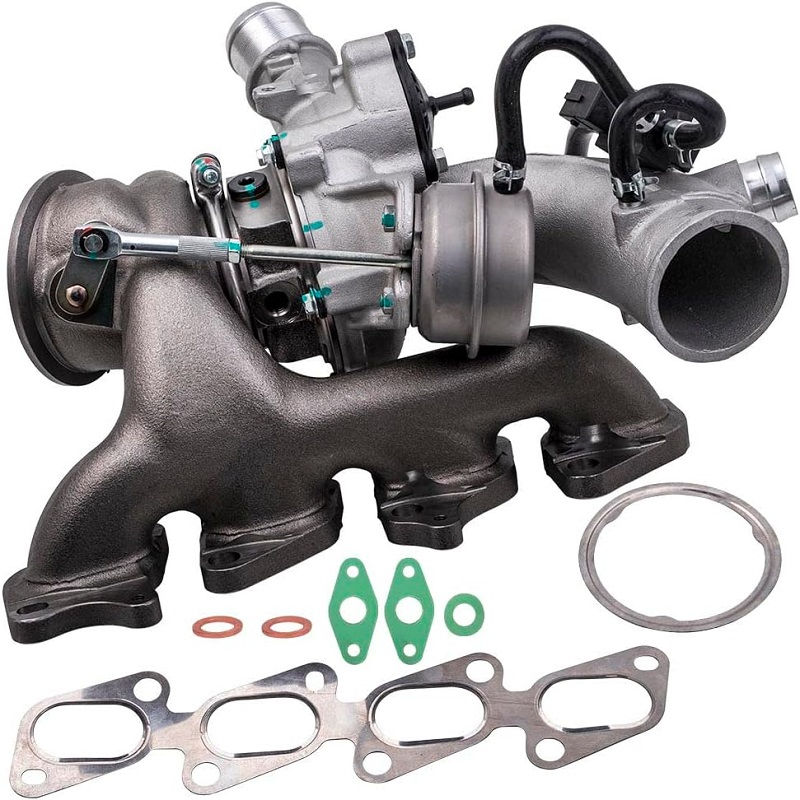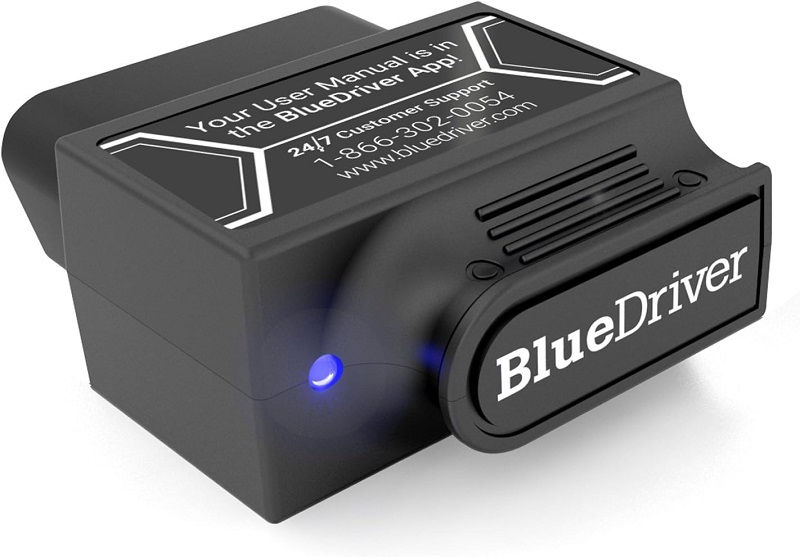This post contains affiliate links. This means I will make a commission at no extra cost to you should you click through and make a purchase [ “As an Amazon Associate, I earn from qualifying purchases.” ]. Read the full disclosure here.
P006D Code: Barometric Pressure – Turbocharger/Supercharger Inlet Pressure Correlation GuideMechanic.Com In the intricate world of automotive diagnostics, the appearance of trouble codes like P006D can serve as an early warning system, alerting drivers and technicians to potential issues within the engine.
In this case, the P006D trouble code specifically points to a correlation problem between barometric pressure and turbocharger or supercharger inlet pressure.
Understanding the significance of this code, its underlying causes, and its implications is crucial for maintaining engine performance and reliability.
See Also: P006B MAP – Exhaust Pressure Correlation
To grasp the essence of the P006D trouble code, it’s essential to first comprehend the key components involved:
Barometric Pressure Sensor:

The barometric pressure sensor, also known as the atmospheric pressure sensor, measures the ambient air pressure surrounding the vehicle.
This information is vital for the engine control unit (ECU) to calculate air density and adjust fuel delivery and ignition timing accordingly.
Turbocharger/Supercharger Inlet Pressure:
In vehicles equipped with forced induction systems such as turbochargers or superchargers, the inlet pressure refers to the air pressure entering the compressor side of the forced induction system. This pressure is crucial for increasing engine power output by compressing air before it enters the combustion chamber.
Now, let’s dissect the meaning behind the P006D trouble code:
The P006D code specifically indicates a correlation issue between the readings from the barometric pressure sensor and the turbocharger or supercharger inlet pressure sensor.
In simpler terms, the data collected by these sensors does not align as expected, signaling a potential discrepancy within the engine system. This misalignment can lead to various performance issues and may impact engine power delivery and efficiency.
Several factors could contribute to triggering the P006D trouble code:
Sensor Malfunction:
Both the barometric pressure sensor and the turbocharger or supercharger inlet pressure sensor are prone to wear and tear over time.
Exposure to extreme temperatures, moisture, or contaminants can lead to sensor degradation or failure, resulting in inaccurate readings and the activation of the P006D code.
Faulty Wiring or Connectors:
Electrical issues such as corroded wires, loose connections, or damaged connectors can disrupt the communication between the sensors and the ECU. This interference can cause erroneous data transmission and trigger the P006D trouble code.
Turbocharger/Supercharger Issues:
Problems within the turbocharger or supercharger system, such as leaks, compressor wheel damage, or wastegate malfunctions, can affect inlet pressure readings.
These issues compromise the effectiveness of the forced induction system and may lead to discrepancies between the barometric pressure sensor and inlet pressure sensor readings, resulting in the activation of the P006D code.
Intake System Leaks:
Any leaks within the intake system, such as cracked hoses, loose connections, or faulty gaskets, can disrupt airflow and affect pressure readings.
These leaks can lead to discrepancies between the barometric pressure sensor and inlet pressure sensor readings, triggering the P006D code.
Engine Tuning or Modifications:
Aftermarket engine modifications or tuning changes can alter engine parameters and affect sensor readings. Improperly calibrated or mismatched components can lead to discrepancies between the barometric pressure sensor and inlet pressure sensor readings, resulting in the activation of the P006D trouble code.
When faced with the P006D trouble code, prompt diagnosis and resolution are essential to prevent further damage and restore optimal engine performance. Here’s a systematic approach to troubleshooting:
Scan for Additional Codes:
Check out this BlueDriver Bluetooth Pro OBDII Scan Tool for iPhone & Android
Conduct a comprehensive diagnostic scan to check for any additional trouble codes that may offer insight into related issues within the engine system.
Inspect Sensors and Wiring:
Begin by visually inspecting the barometric pressure sensor, turbocharger or supercharger inlet pressure sensor, and their respective wiring and connectors. Look for signs of damage, corrosion, or disconnection that may impair sensor functionality.
Check for Turbocharger/Supercharger Issues:
Inspect the turbocharger or supercharger system for any signs of leaks, damage, or malfunctions. Pay particular attention to components such as the compressor wheel, wastegate, and boost control solenoid.
Test Sensor Readings:
Utilize a diagnostic scan tool to monitor the real-time readings from both the barometric pressure sensor and the turbocharger or supercharger inlet pressure sensor while the engine is running. Compare these readings to specifications provided by the manufacturer to identify any discrepancies.
Perform Component Tests:
Conduct specific tests on individual components, such as the barometric pressure sensor, turbocharger or supercharger inlet pressure sensor, or related circuits, to pinpoint the exact source of the problem.
Address Identified Issues:
Once the culprit is identified, take necessary measures to address the underlying issue. This may involve repairing or replacing faulty sensors, resolving turbocharger or supercharger issues, fixing intake system leaks, or reverting engine tuning or modifications.
Clear Codes and Test Drive:
After resolving the problem, clear the trouble codes from the ECU’s memory and take the vehicle for a test drive. Monitor for any recurring issues and ensure that the problem has been successfully resolved.
In conclusion, the P006D Barometric Pressure – Turbocharger/Supercharger Inlet Pressure Correlation trouble code serves as a diagnostic indicator of potential discrepancies between the barometric pressure sensor and the turbocharger or supercharger inlet pressure sensor readings within the engine system.
While deciphering these codes may pose a challenge, understanding their implications and following a systematic troubleshooting approach is crucial for identifying and resolving underlying issues.
By addressing the root cause promptly, drivers and technicians can maintain the health and efficiency of the engine system, ensuring optimal performance and power delivery.
See Also: P006C Code: MAP – Turbocharger/Supercharger Inlet Pressure Correlation



